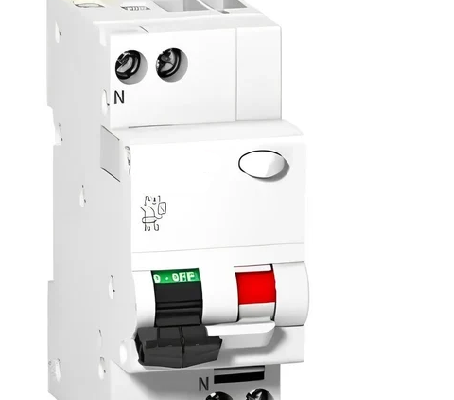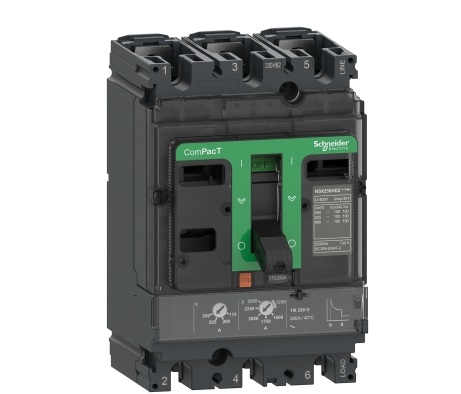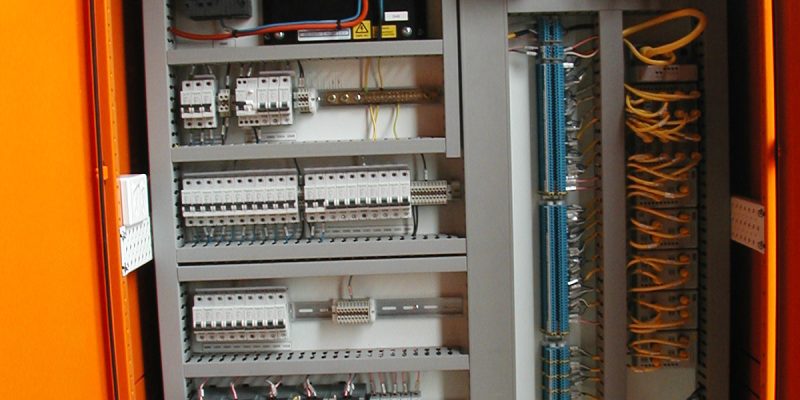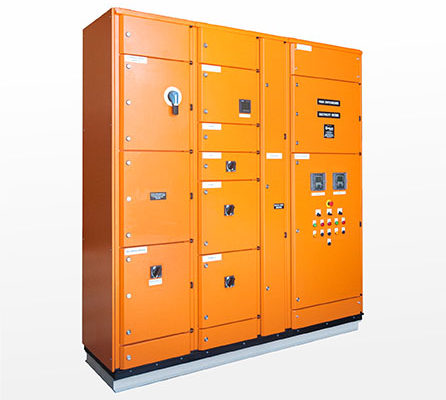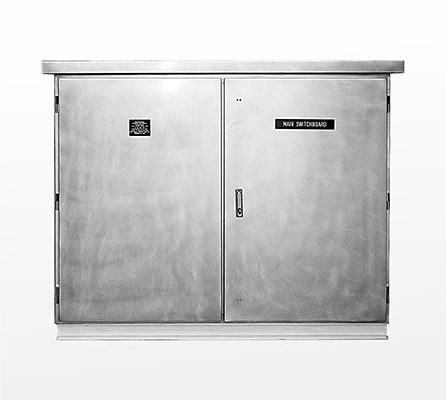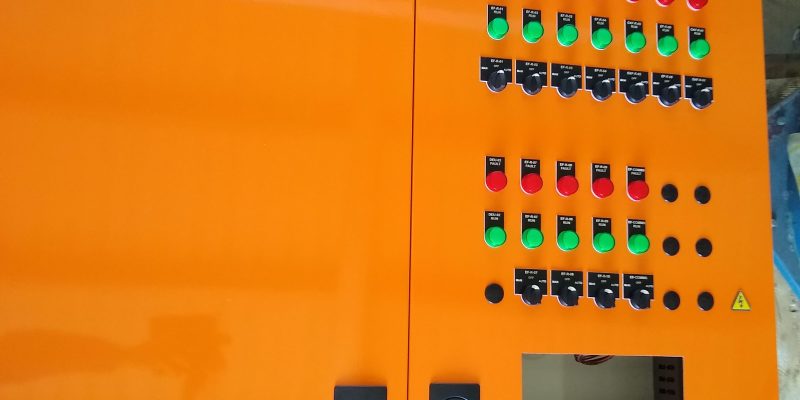Safety is paramount in electrical installations. One key component that plays a crucial role in ensuring electrical safety is the Residual Current Circuit Breaker with overcurrent protection, commonly known as an RCBO. In this blog post, we’ll discuss what RCBO stands for, how it works, and the scenarios where it is used to enhance electrical safety.
Understanding RCBOs
RCBO stands for Residual Current Circuit Breaker with Overcurrent Protection. It is a specialised circuit breaker that combines the functionalities of a residual current device (RCD) and a miniature circuit breaker (MCB) into a single unit. RCBOs are designed to provide comprehensive protection against electrical faults, including earth faults (residual currents) and overcurrents.
How Does an RCBO Work?
The functionality of an RCBO involves several key mechanisms:
Residual Current Protection (RCD): An RCBO includes a built-in RCD component that monitors the electrical current flowing through the circuit. It detects any imbalance between the outgoing and returning currents, which indicates a leakage current or earth fault.
Tripping Mechanism: When the RCD component of an RCBO detects an earth fault or leakage current above a predetermined threshold (usually in milliamps), it triggers the tripping mechanism. This mechanism rapidly interrupts the electrical circuit, disconnecting the power supply to prevent electric shock or damage.
Overcurrent Protection (MCB): In addition to residual current protection, an RCBO incorporates overcurrent protection similar to a miniature circuit breaker (MCB). This protection mechanism responds to excessive current caused by short circuits or overloads in the electrical circuit.
Selective Tripping: RCBOs are designed to provide selective tripping, which means they can isolate the faulty circuit without affecting other circuits in the electrical installation. This selective tripping enhances system reliability and minimises downtime during fault conditions.
When Is an RCBO Used?
RCBOs are utilised in various applications and environments where enhanced electrical protection is required. AS/NZS 3000 generally requires them everywhere.
Residential Installations: In residential settings, RCBOs are commonly installed in electrical distribution boards to protect circuits serving lighting, power outlets, kitchen appliances, bathroom circuits, and outdoor electrical installations. They offer improved protection against electric shocks and fire hazards.
Commercial Buildings: In commercial premises such as offices, retail stores, restaurants, and public facilities, RCBOs safeguard electrical circuits powering equipment, machinery, lighting systems, HVAC systems, and communication networks. They contribute to a safe working environment and comply with regulatory standards.
Industrial Applications: In industrial settings, RCBOs safeguard electrical circuits, control panels, motor systems, and machinery from earth faults, overloads, and short circuits. They are integral components of electrical safety systems in manufacturing plants, factories, warehouses, and production facilities.
Specialised Installations: RCBOs are also used in specialised installations requiring tailored protection, such as medical facilities, laboratories, data centres, renewable energy systems, and marine applications. They provide precise and reliable protection against electrical faults in sensitive or critical environments.
In conclusion, RCBOs are indispensable devices that offer comprehensive electrical protection by combining residual current protection with overcurrent protection in a single unit. Their ability to detect earth faults, leakage currents, overloads, and short circuits makes them essential components in electrical installations across residential, commercial, and industrial sectors. By incorporating RCBOs into electrical designs and systems, engineers, electricians, and stakeholders can enhance electrical safety, prevent electrical hazards, and ensure reliable power distribution. Investing in RCBOs demonstrates a commitment to safety, compliance with standards (AS/NZS 3000), and the protection of personnel, property, and equipment from electrical risks.

